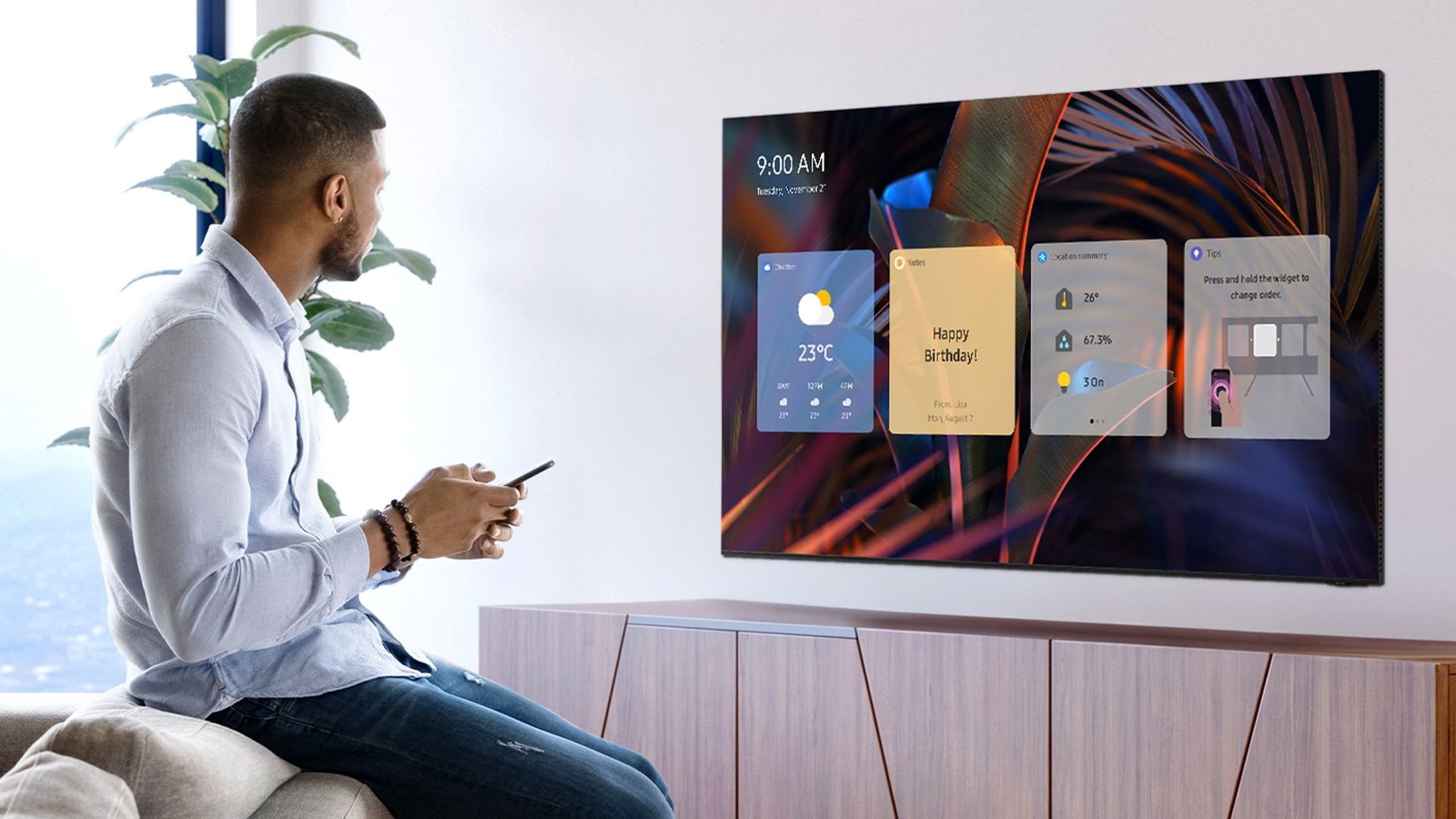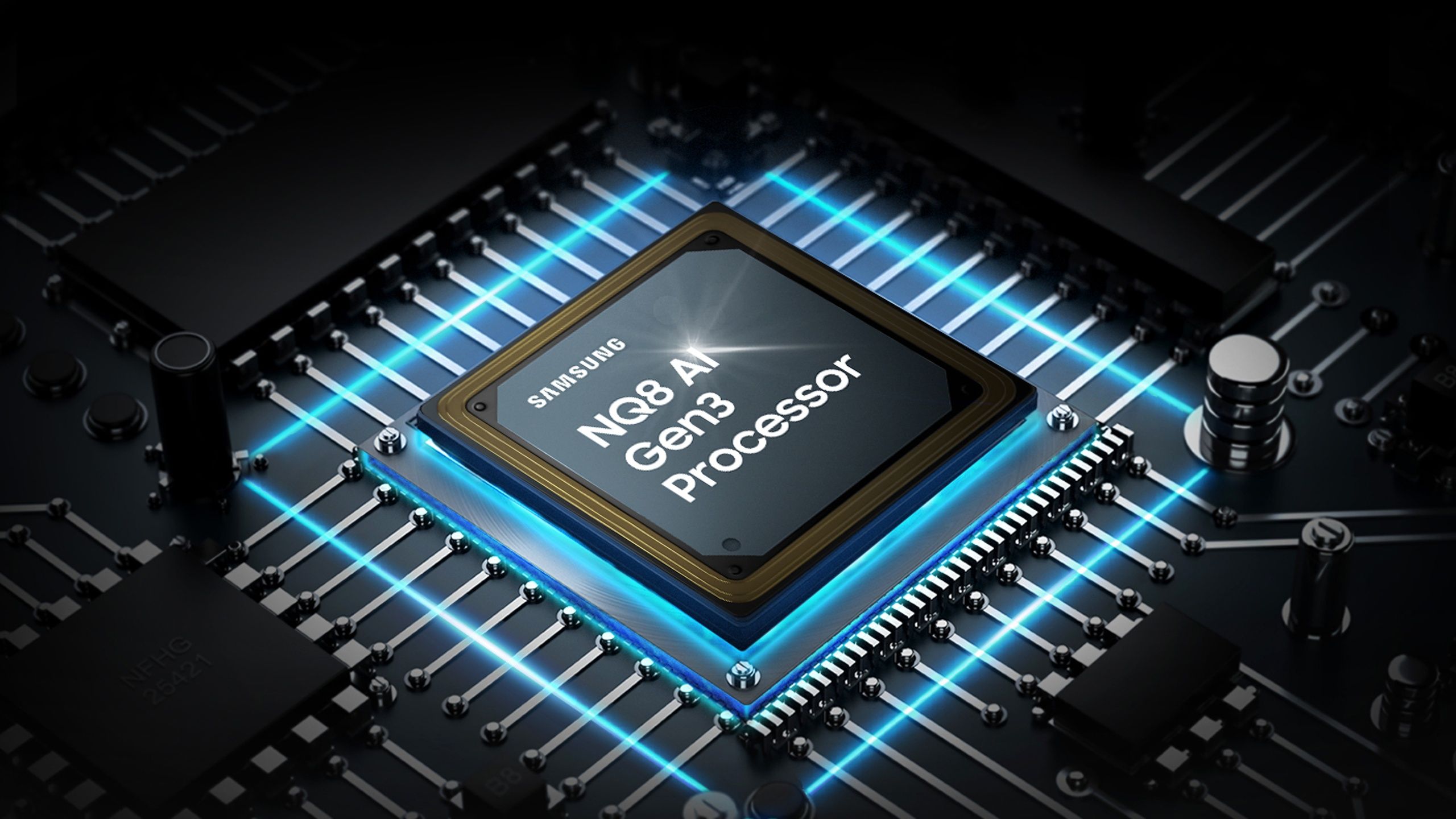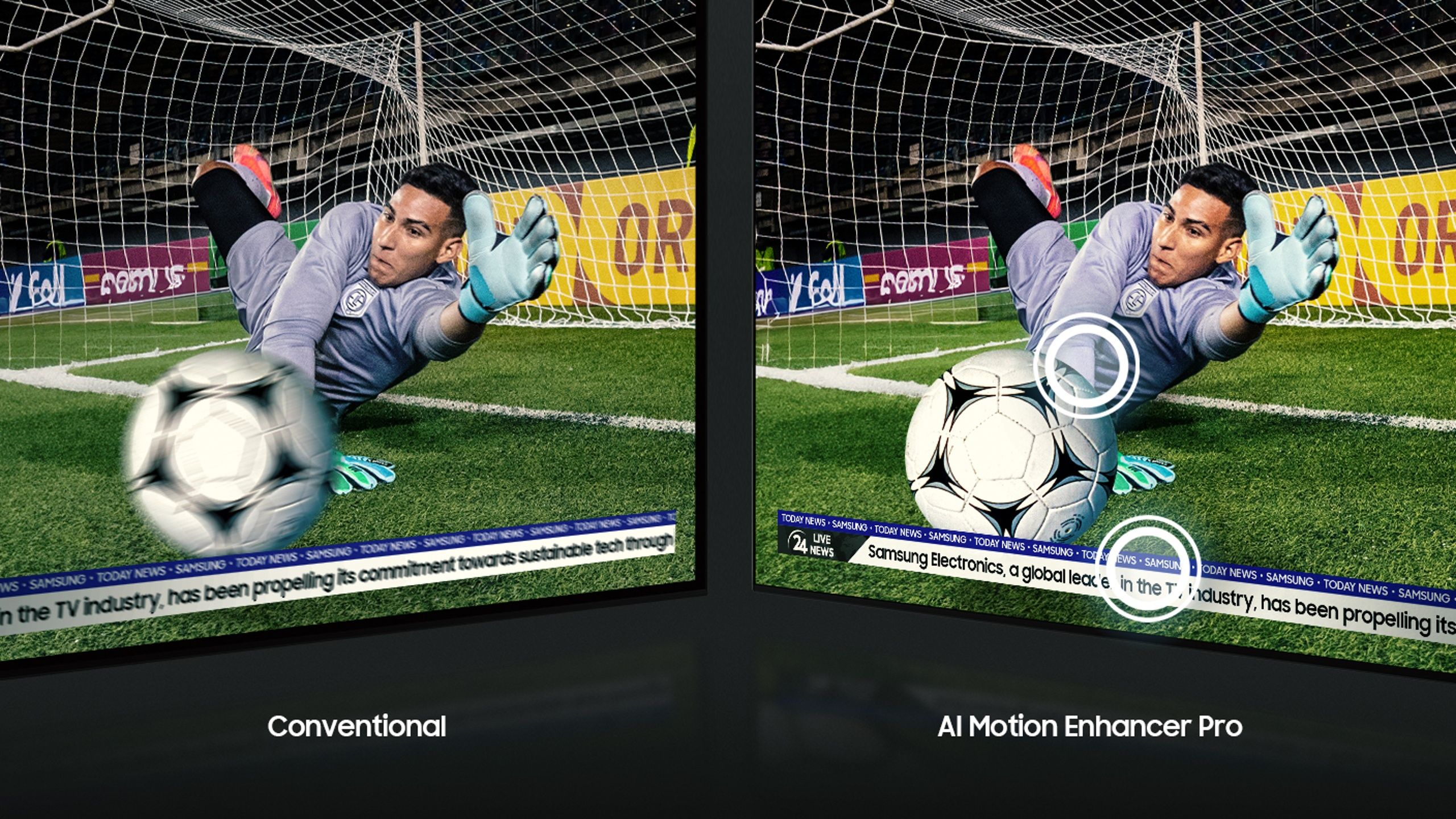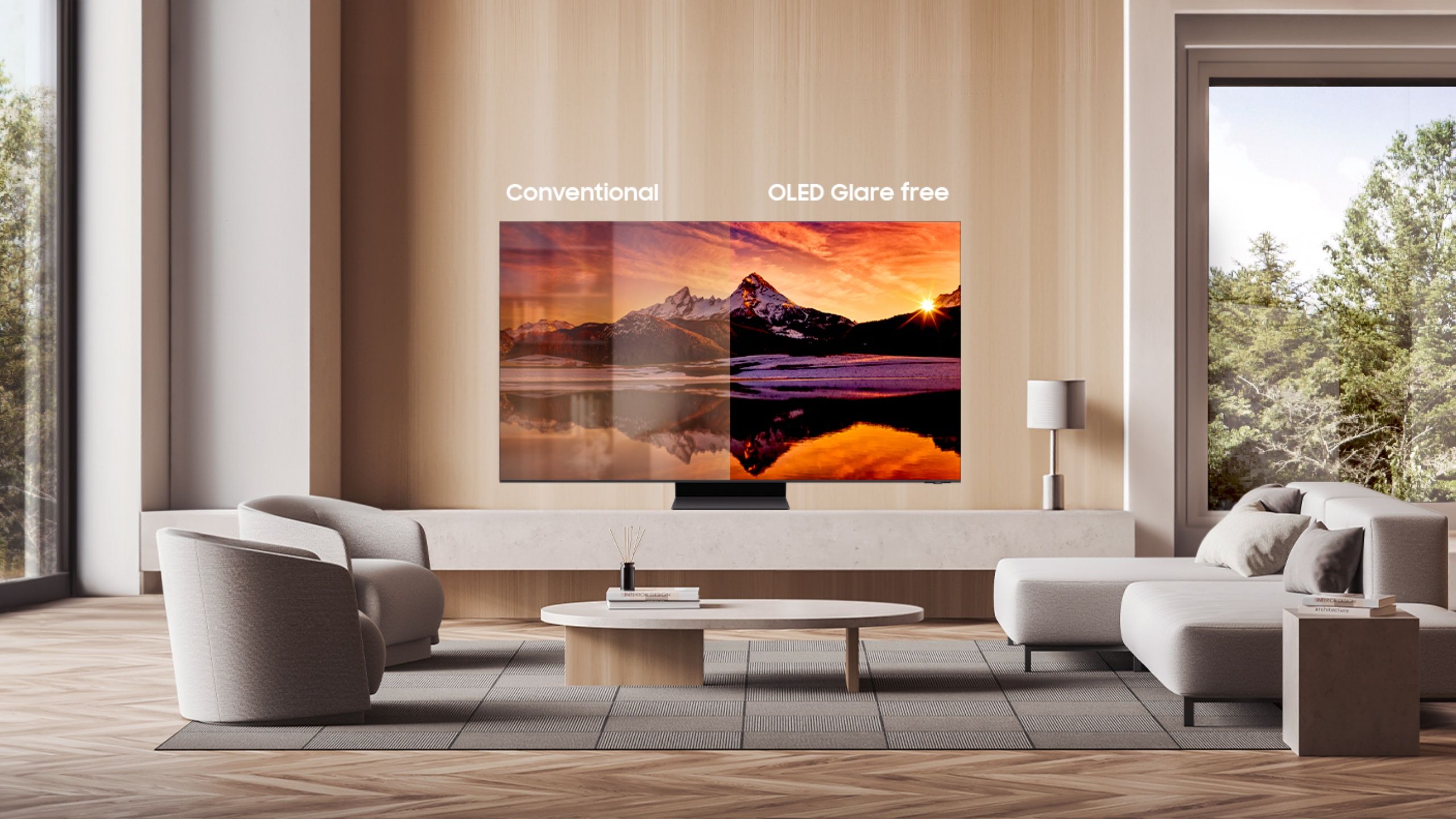Samsung TVs are so ubiquitous because the company basically has a model and price point for every customer, and Samsung makes some of the best displays available (provided you’re not looking at an LG OLED). For 2024, Samsung made updates to its Neo QLED and OLED lineups, leaning on new and improved chips and AI to tweak what you’re watching on the fly and upscale lower resolution videos to 4K and 8K — because Samsung is still committed to popularizing 8K screens, too.
Whether you’re looking for a gigantic bezel-and-port-less screen or a far more manageable 4K OLED, Samsung has you covered, but if you’re not familiar with what Samsung changed, here’s the rundown.
We covered Samsung’s 2024 TV lineup during CES 2024 earlier this year, but at the company’s Unbox and Discover event on Thursday, March 21, 2024, those new TVs finally became available for pre-order. We’d note that while Samsung announced these as ‘preorders’, the shipping times on the models show a quick turn around of as soon as March 27th from Samsung directly or Amazon.
Samsung’s announcement comes along with a preorder add-on through their site. When you buy any of the 2024 models, the Neo QLED 8K, Neo QLED 4K, 4K OLED, or Frame, you can receive a 65-inch TU690T Crystal UHD TV for free (available from March 21-April 11th, while supplies last).
Whether you’re looking for a gigantic bezel-and-port-less screen or a far more manageable 4K OLED, Samsung has you covered, but if you’re not familiar with what Samsung changed, here’s the rundown.
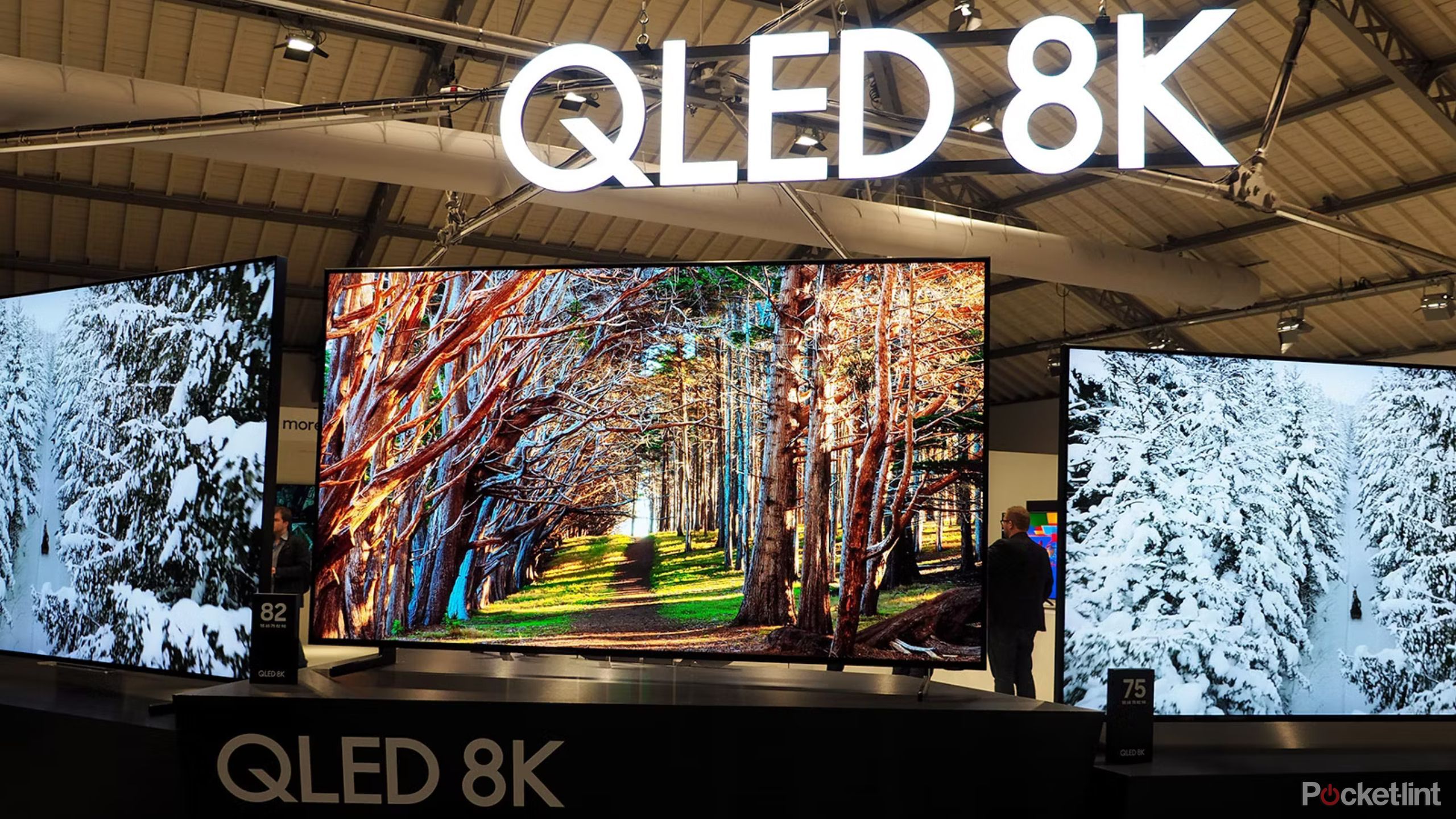
Best Samsung TVs: QLED, Mini LEDs, and more
Samsung is a pioneer in display technology. Here’s which TVs use its tech to the fullest.
Samsung
Samsung Neo QLED 8K TVs
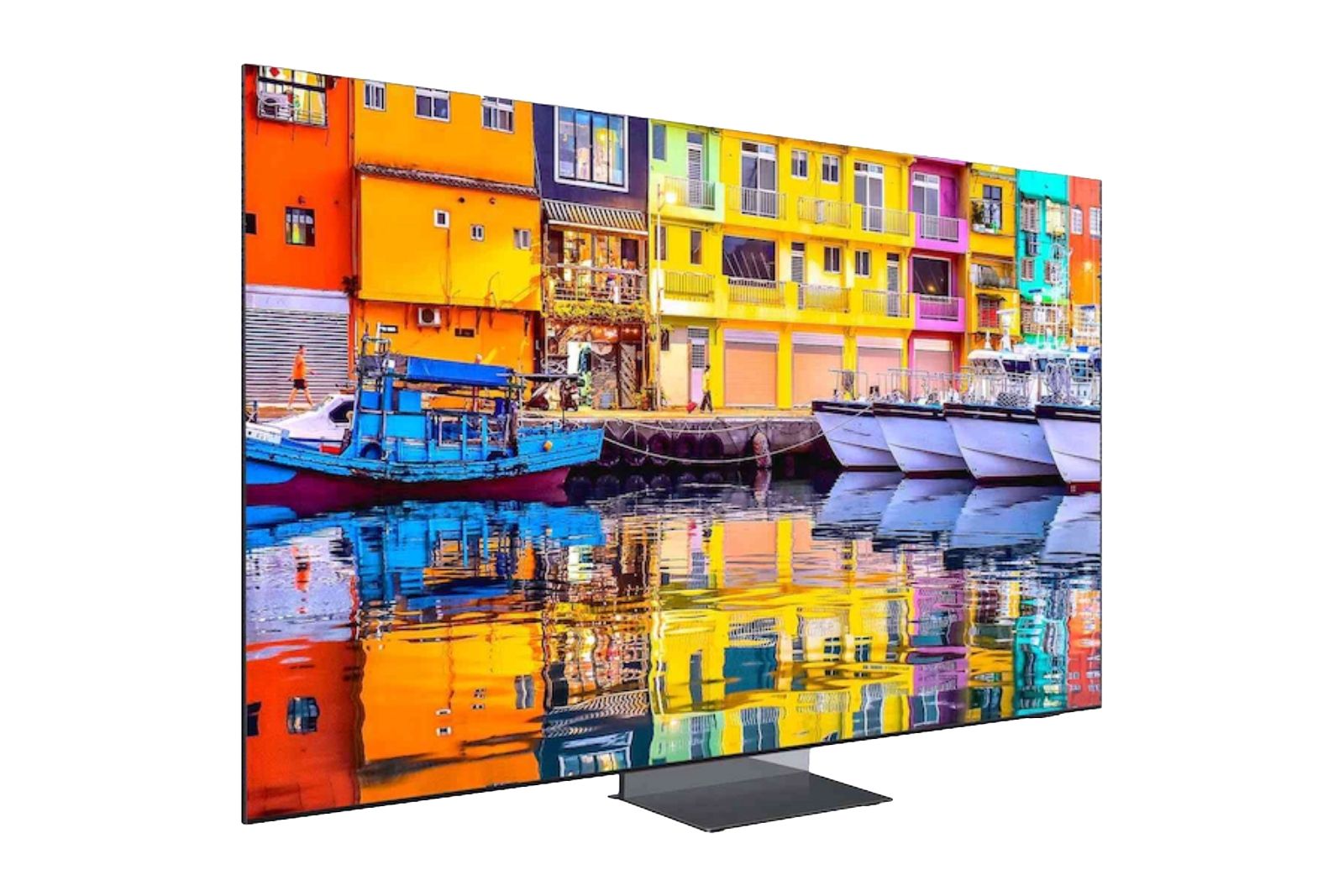
Samsung Neo QLED 8K QN900D
Samsung’s Neo QLED 8K TV has a bezel-less, ultra-thin design and the ability to upscale whatever you throw at it to a smooth 8K picture. It is available in 65, 75, ann 85-inch models.
Available in sizes ranging from 65 to a gigantic 85-inches, the Samsung Neo QLED 8K QN900D is the most premium of the company’s flagship TVs, and it starts at a very high $5,000. The 8K screen is bezel-less and ridiculously thin, thanks to Samsung’s decision to offload a majority of its ports to a breakout “One Connect” box that can be mounted on the back of the TV or discretely stowed in a credenza or media unit. All models also feature Samsung’s NQ8 AI Gen3 Processor for upscaling anything you watch to 8K, since most television shows and movies max out at 4K, and in the case of broadcast TV, even lower resolutions.
That chip also enables features like Samsung’s Real Depth Enhancer Pro, which attempts to create depth between the foreground and background by “[finding] the focal point in each frame and [adjusting] for a fully dimensional picture,” according to its product details. Even if you’re not worried about the QN900D’s AI-powered features, there’s the usual smart TV bells and whistles to consider as well, like Samsung’s Gaming Hub, which bundles game streaming services into a convenient location, support for high-end audio standards like Dolby Atmos, and a 240Hz refresh rate.
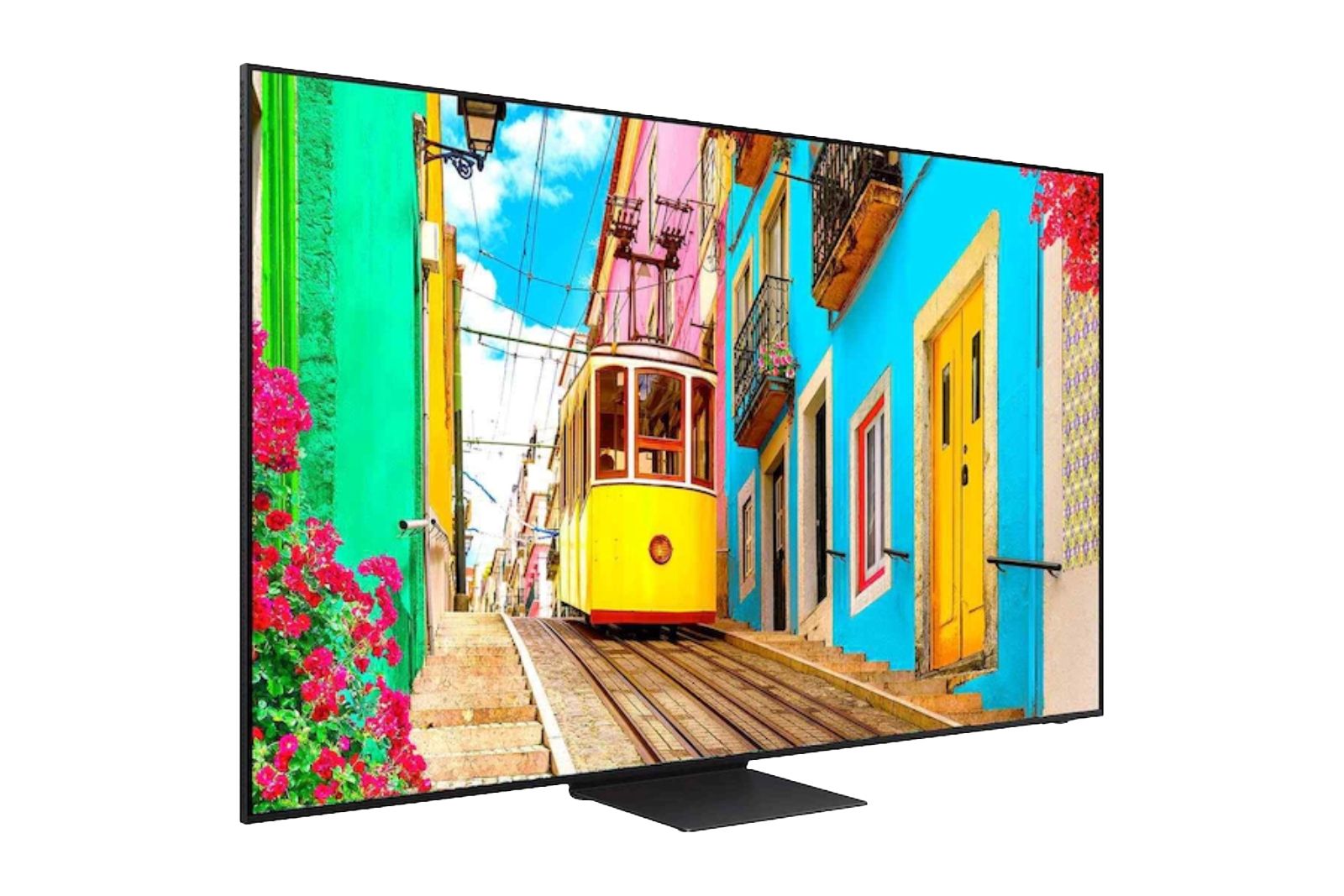
Samsung Neo QLED 8K QN800D
Samsung’s cheaper Neo QLED 8K TV has larger bezels and a slightly less slim body but the same skill at playing 8K content and upscaling everything else to fit. It is available in 65, 75, and 85-inch models.
Samsung also sells a cheaper $3,500 version of its 8K TV called the Neo QLED 8K QN800D. It still uses the company’s One Connect Box to keep the TV itself slim, and comes with features like the Samsung Gaming Hub for playing game streaming services, AI upscaling for creating 8K content, and Real Depth Enhancer Pro.
The key difference, other than the price, is that it does have visible bezels and isn’t as razor-thin as the more expensive 8K model, and it maxes out at a 165Hz refresh rate. That doesn’t mean it isn’t a luxurious TV, but it might matter to you, the brave 8K aficionado.
Samsung
Samsung Neo QLED 4K TVs
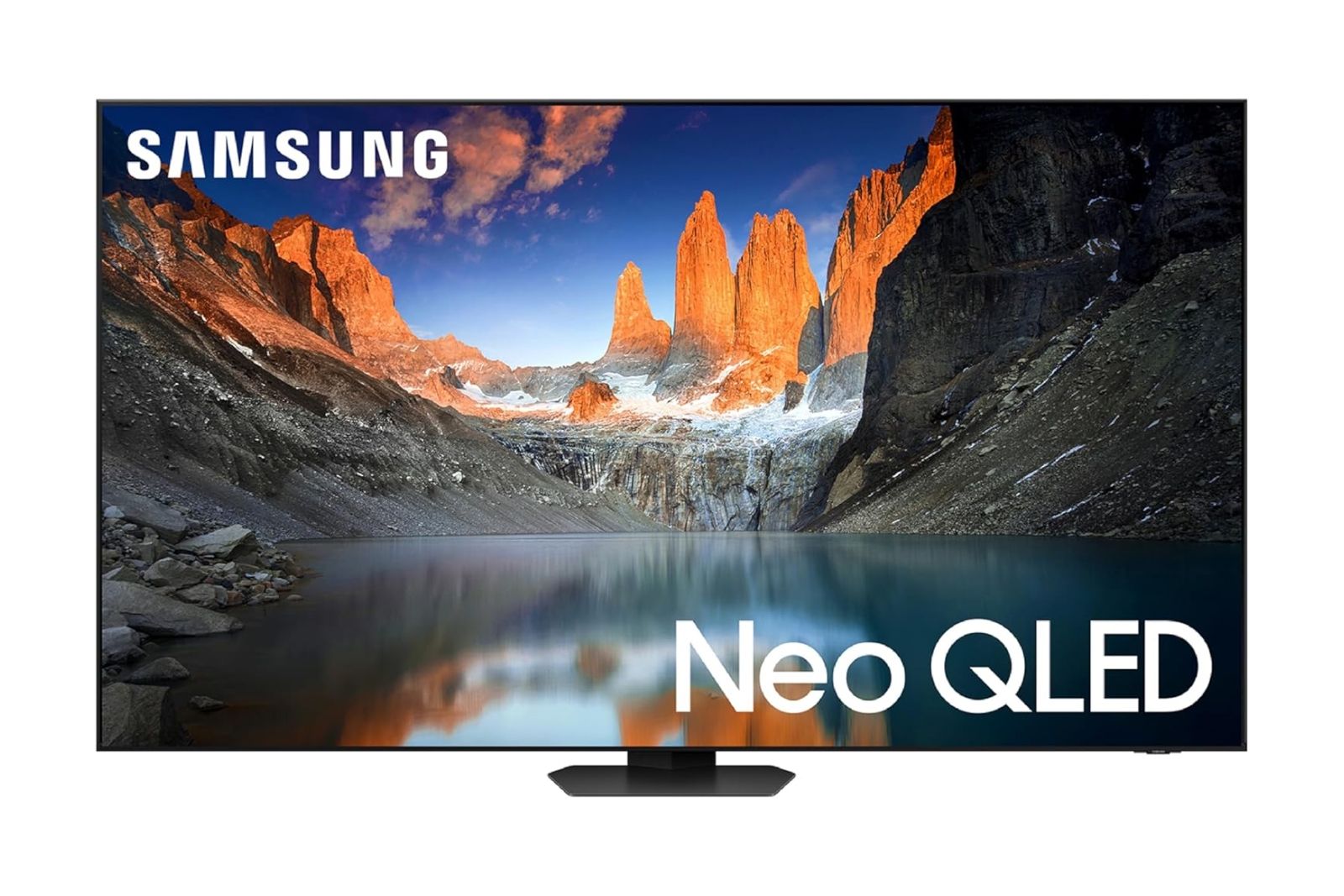
Samsung Neo QLED 4K QN90D
Samsung’s Neo QLED 4K can upscaling video content to 4K and comes with the company’s Samsung Gaming Hub and support for Dolby Atmos. It comes in 43, 50, 55, 65, 75, 85, or 98-inch models.
The 4K version of Samsung’s 2024 Neo QLED TV is available in even larger sizes than the 8K version, with 43-inches on the small end and a whopping 98-inches on the big end. Samsung’s Neo QLED 4K QN90D uses the NQ4 AI Gen 2 Processor, and naturally is only capable of upscaling content to a 4K resolution rather than the 8K resolution of the other Neo QLED TVs.
You’ll still get the Real Depth Enhancer Pro and Samsung’s motion smoothing tech for the TVs’ 144Hz refresh rate display, though. Not to discount the Samsung Gaming Hub and Dolby Atmos support Samsung includes, but at a certain point, there are vanishingly few ways to differentiate the company’s different TVs.
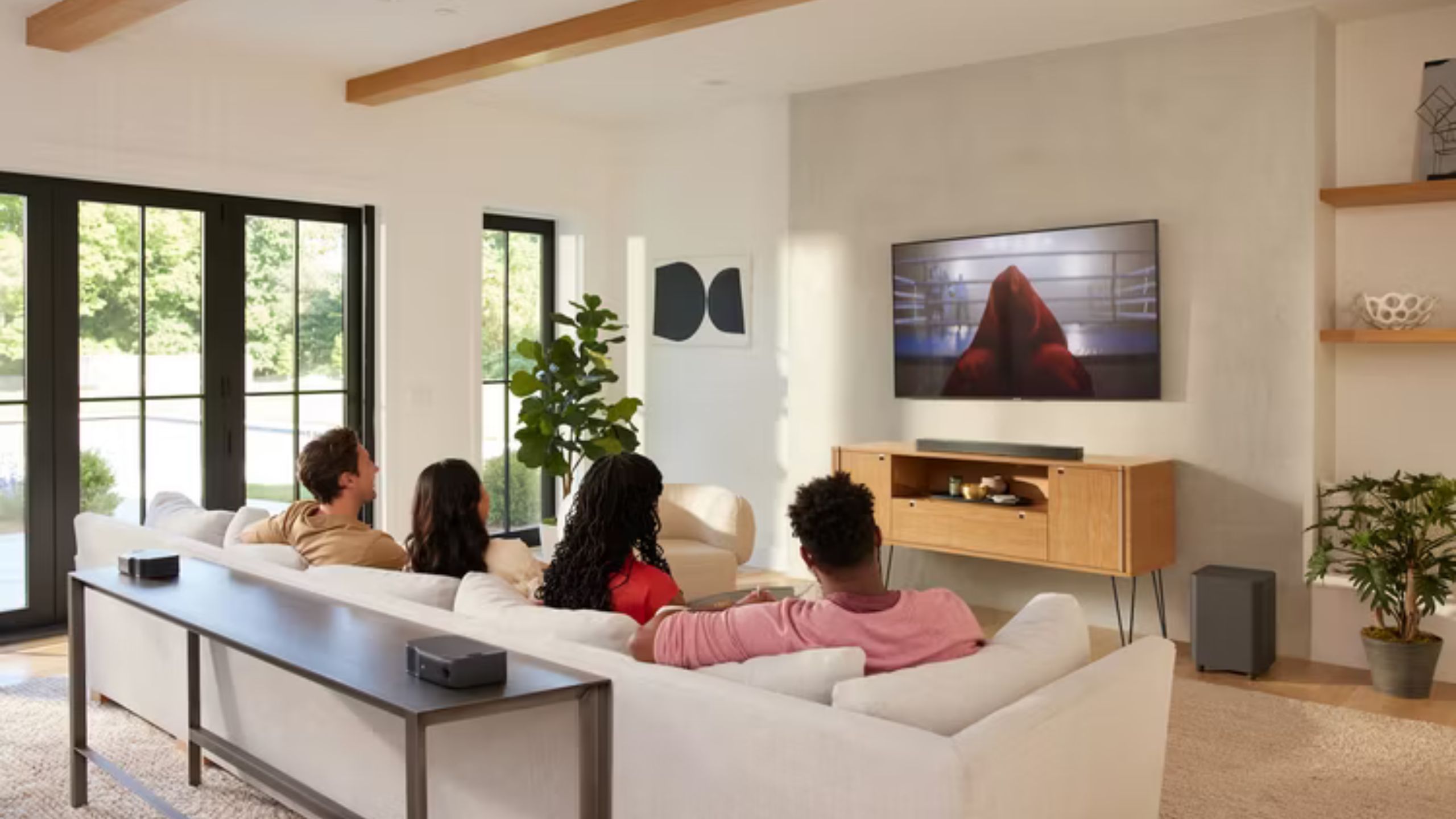
Best Dolby Atmos speakers: Spatial audio for your home
Turn your living room into a home theater with these surround sound systems.
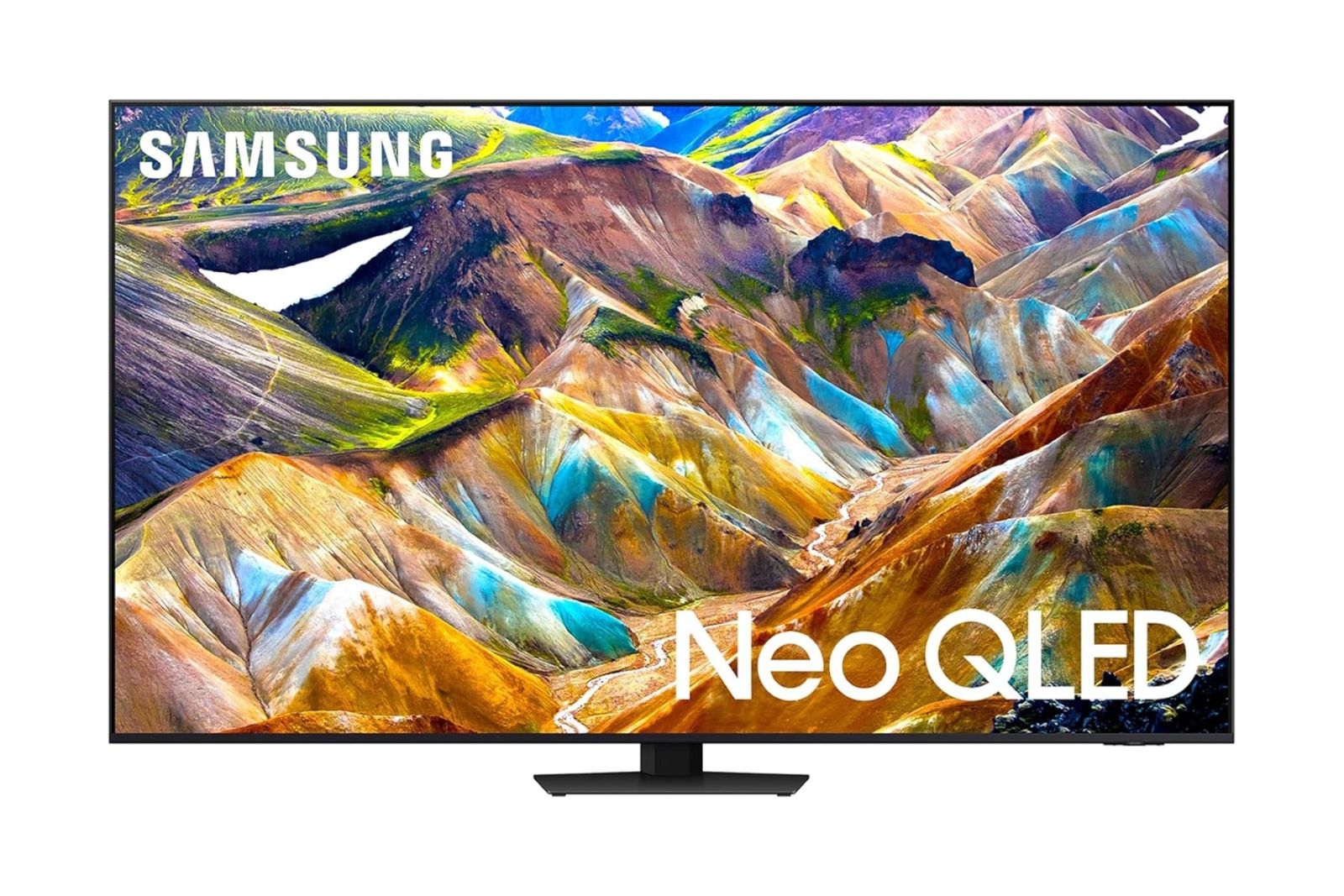
Samsung Neo QLED 4K QN85D
Samsung’s cheaper Neo QLED 4K TV has nearly all the same features as its more expensive sibling, only with a lower 120Hz refresh rate. It comes in 55, 65, 75, and 85-inch models.
Take, for example, the Samsung Neo QLED 4K QN85D, which has the same processor, AI upscaling, and software features as the more expensive QN90D. Both models also feature physical ports on the bottom and side of the TV rather than a breakout box. The difference between the two is the lower refresh rate on the QN85D. In this case, 120Hz on the QN85D in comparison to 144Hz on the QN90D.
Samsung
Samsung 4K OLED TVs
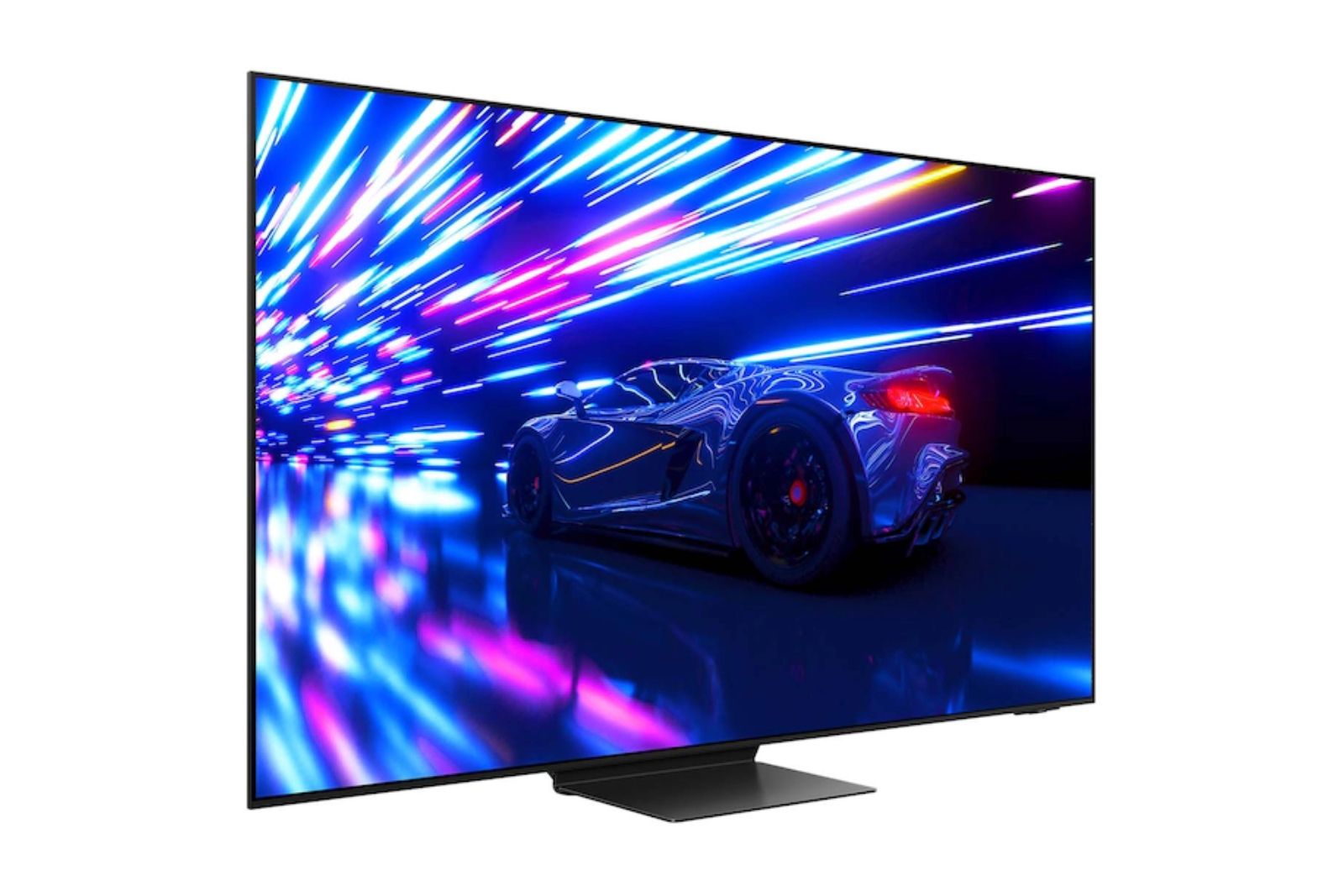
Samsung OLED S95D
Samsung’s high-end 2024 OLED has a super slim design that forces its ports onto a breakout box, while supporting the company’s usual 4K upscaling. It is available in 55, 65, and 77-inch models.
On the low-end of Samsung’s line, the company’s OLED TVs come in two variations. The Samsung 4K OLED S95D uses a similar razor-thin design similar to the Neo QLED 8K displays, where ports physically on the TV body are removed save for a single connector that links to a breakout box that can be easily hid to obscure the usual mess of cables that go into a TV. The S95D also has AI upscaling up to a 4K resolution, the previously detailed depth enhancing feature, Dolby Atmos support, and Samsung’s HDR Pro tech for greater contrast between the light and dark colors on the display.
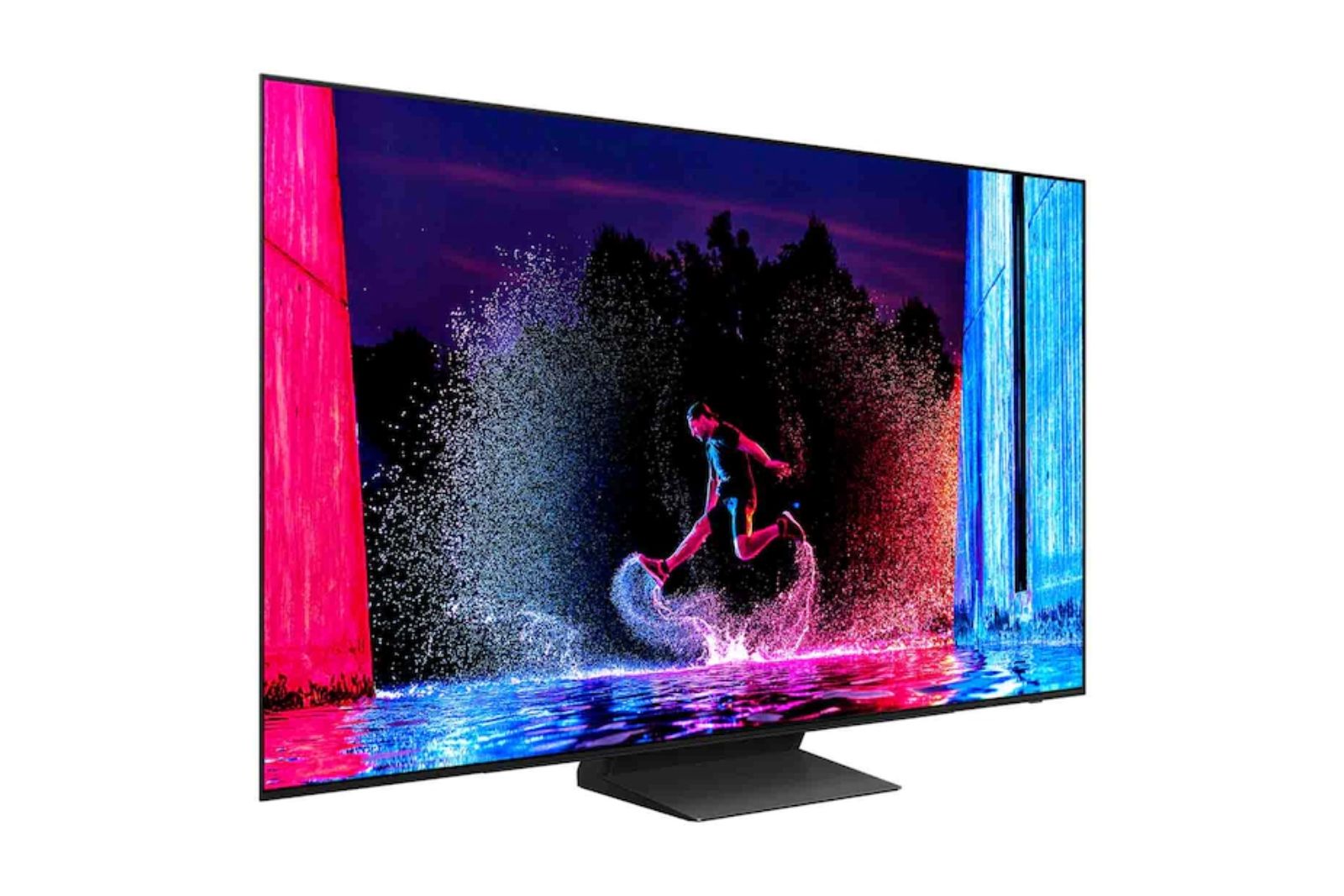
Samsung OLED S90D
The cheaper Samsung OLED TV has physical ports without the need for a breakout box, supports AI upscaling up to 4K resolution, and has Samsung’s Gaming Hub for streaming games. it is available in 55 or 65-inch models.
The Samsung 4K OLED S90D, meanwhile, actually has ports, and a design that makes it look like a super-thin sheet of glass is glued to a rectangular base. The upscaling, depth enhancing, motion smoothing, and Dolby Atmos you know and love are on this model too, along with software features from Tizen OS, like the Samsung Gaming Hub. A key difference between the S90D and the S95D is that it only supports HDR+, which means it’s technically dimmer than the S95D, and it’s max 65-inch size.
FAQ
Q: What’s the difference between QLED and OLED?
OLEDs are “organic light emitting diodes,” small dots of a carbon-based lab-grown material that are filtered, so their natural white light can represent whatever color a TV needs. This usually leads to better color saturation, deeper blacks, and better HDR than other TVs, but with the possibility of screen burn-in if you’re not careful or the OLED TV isn’t manufactured correctly.
Neo QLED and QLED are Samsung created display technologies that pair Mini LED backlights for Neo QLED or LED backlights for normal QLED, with a layer of crystals or “quantum Dots” (that’s the Q in QLED) that show different colors depending on their size. This allows for higher brightness levels, and in the case of Neo QLED, premium features like local dimming. One is not necessarily better than the other, but Samsung’s Neo QLED panels tend to be paired with more premium TV designs.
Q: Why does Samsung use breakout boxes for ports?
In general, Samsung is trying to create the illusion that its premium TVs are even thinner than the competition, and one of the easiest ways to do that is to move connectors like HDMI ports, which can take up a fair bit of space on a TV, to a separate accessory like the One Connect box. Given a lot of people mount their TVs, a breakout box also allows for easy cable management. You can hide everything you’d normally attach directly to your TV in a cabinet or media console.
preorder-samsungs-2024-neo-qled-and-oled-tvs

